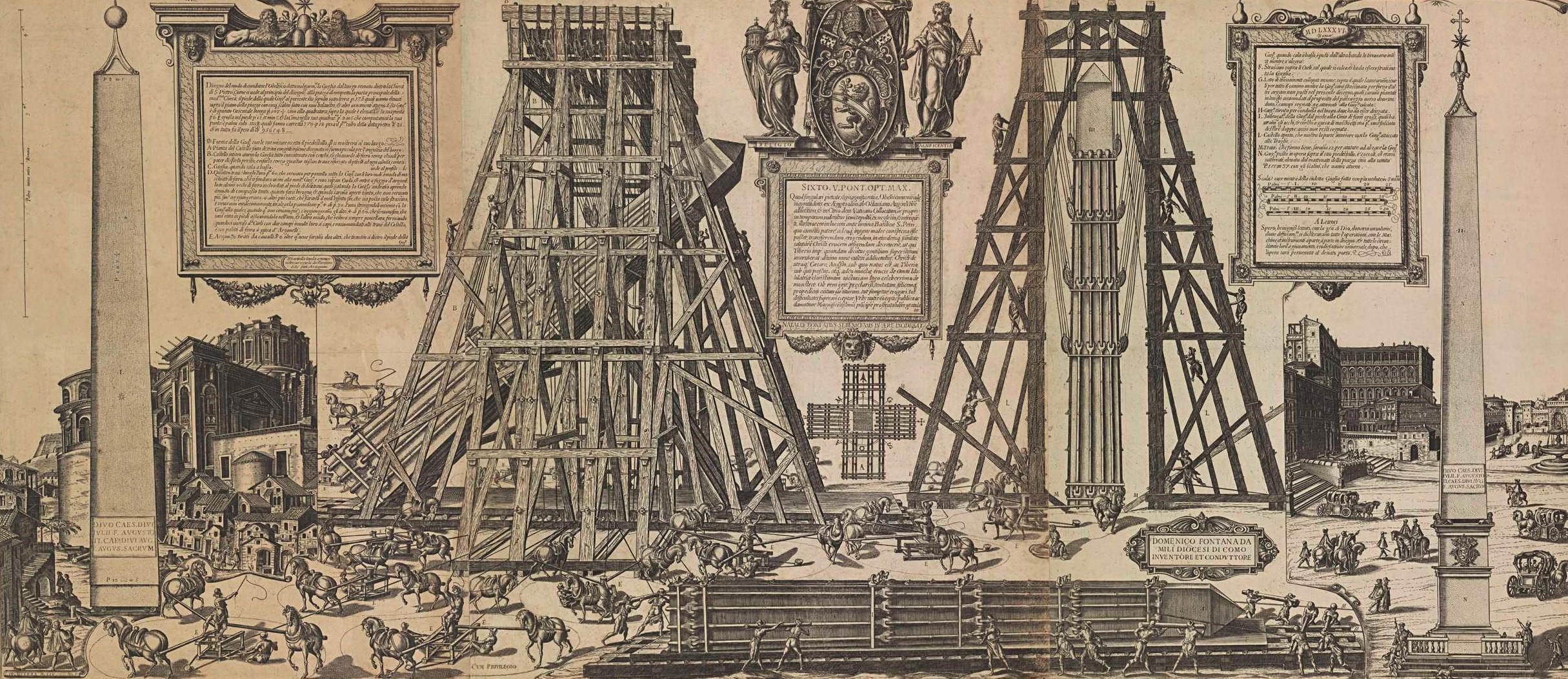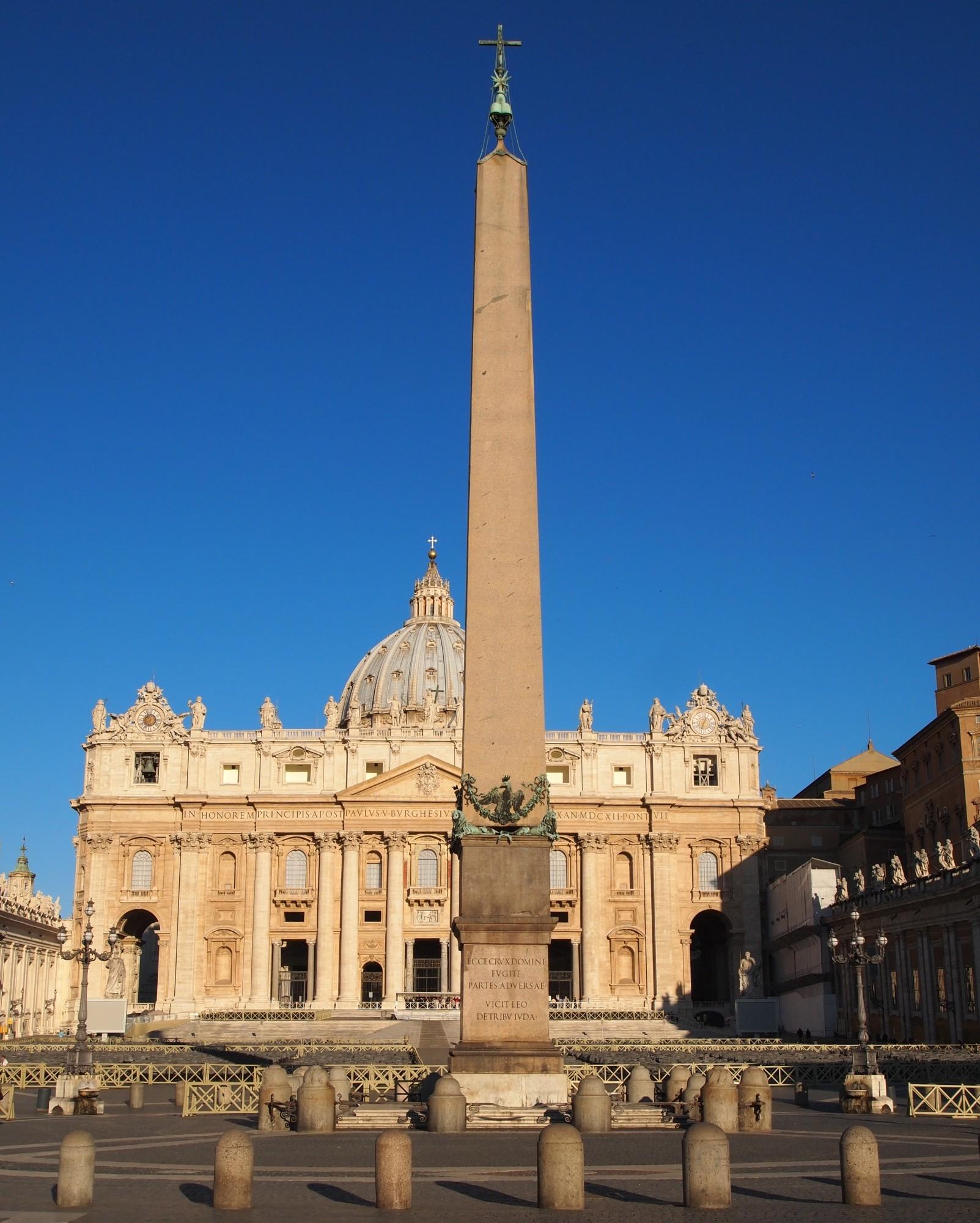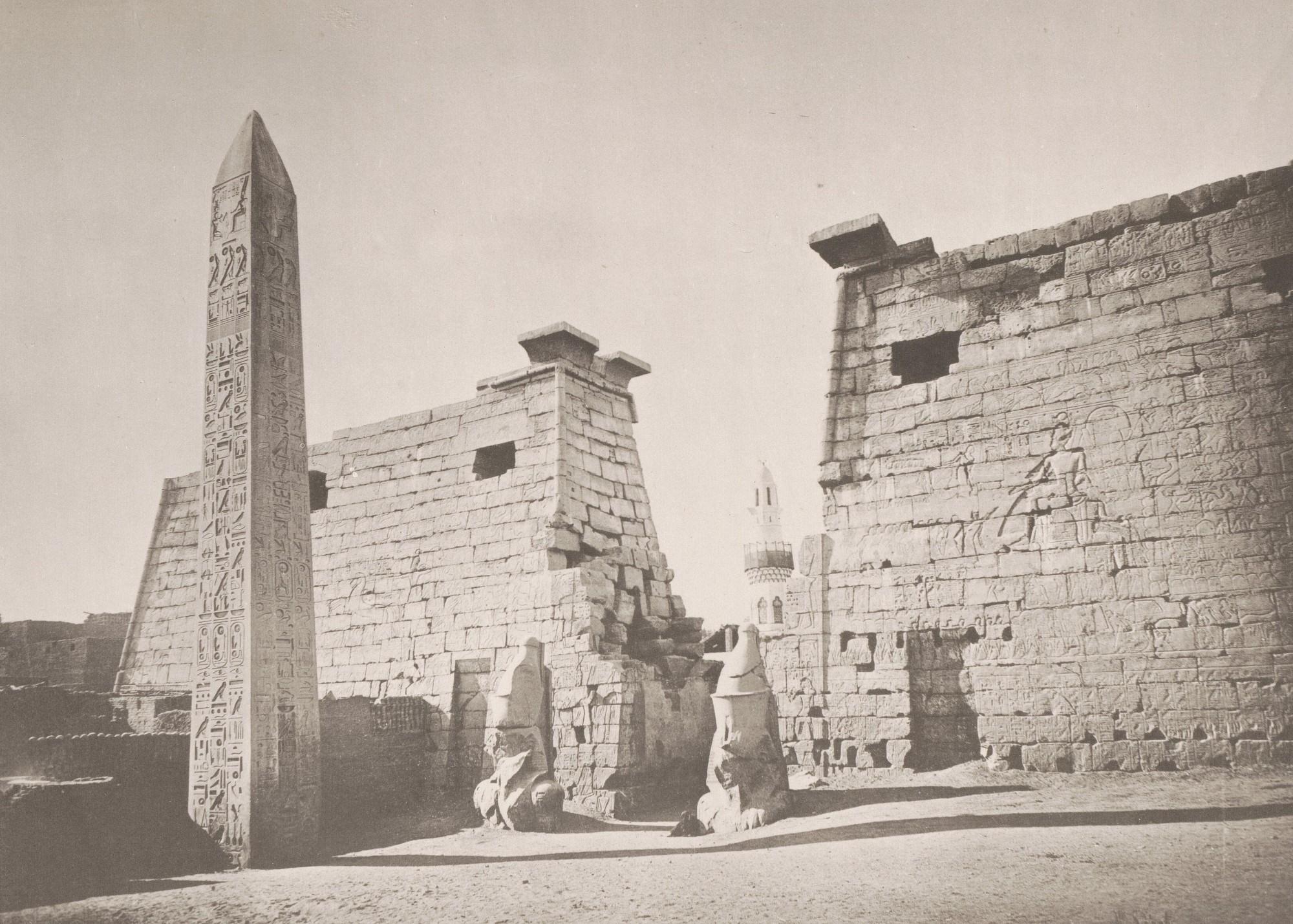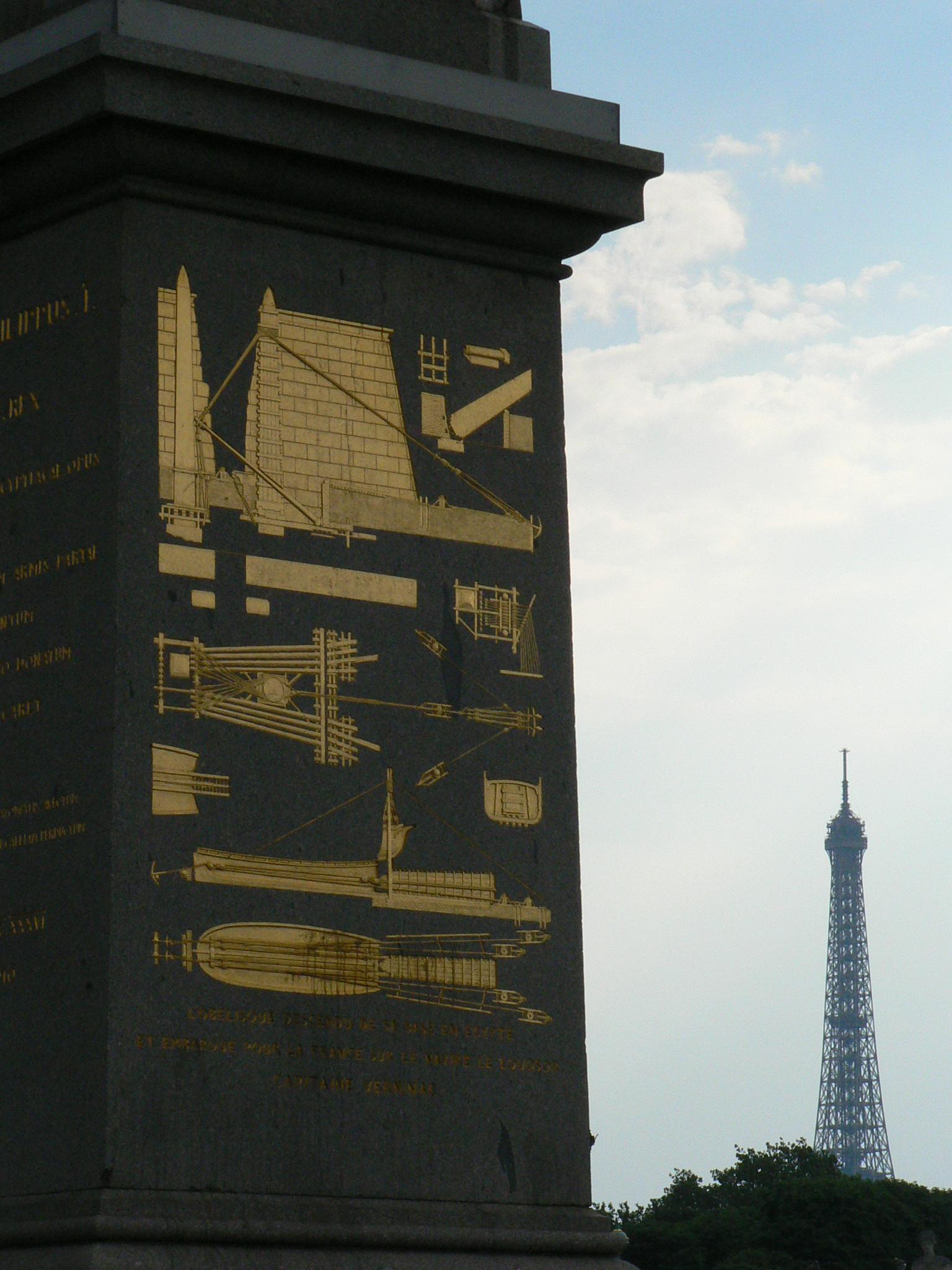Where you see obelisks in Rome today, in the center of piazzas and on top of statues and fountains, are not where the emperors originally placed them. Whether by accident or vandalism, most obelisks were thrown down in the centuries after the end of the Roman Empire, to be later excavated and re-erected by the Popes of the Renaissance and Baroque periods. These were then moved to new locations across the city, in some instances to serve as the focal points of new streets, and with the addition of bronze crosses fixed to the top, symbolizing their appropriation as Christian monuments.
During the rebuilding of St Peter’s Basilica in the sixteenth century, Pope Sixtus V sought to move the obelisk first brought to Rome by the emperor Caligula 1,500 years earlier to ornament his race track on the Vatican hill. The obelisk had to be lowered, transported a few hundred meters, and then raised again in front of the church. Despite the short distance, the undertaking was extremely risky–the obelisk weighs over three hundred tons and moving one of this size had not been attempted since antiquity. The task took several months and required over 800 workers, approximately 140 horses, and forty custom-made cranes. At the key moments of its lowering and raising, crowds of locals and visitors watched the spectacle, with the achievement of moving the obelisk seen as important as the monument itself.



























![DEl Kathryn Barton [Australian b. 1972] the more than human love , 2025 Acrylic on French linen 78 3/4 x 137 3/4 inches 200 x 350 cm Framed dimensions: 79 7/8 x 139 inches 203 x 353 cm](/sites/default/files/styles/image_5_column/public/ab15211bartonthe-more-human-lovelg.jpg?itok=wW_Qrve3)



